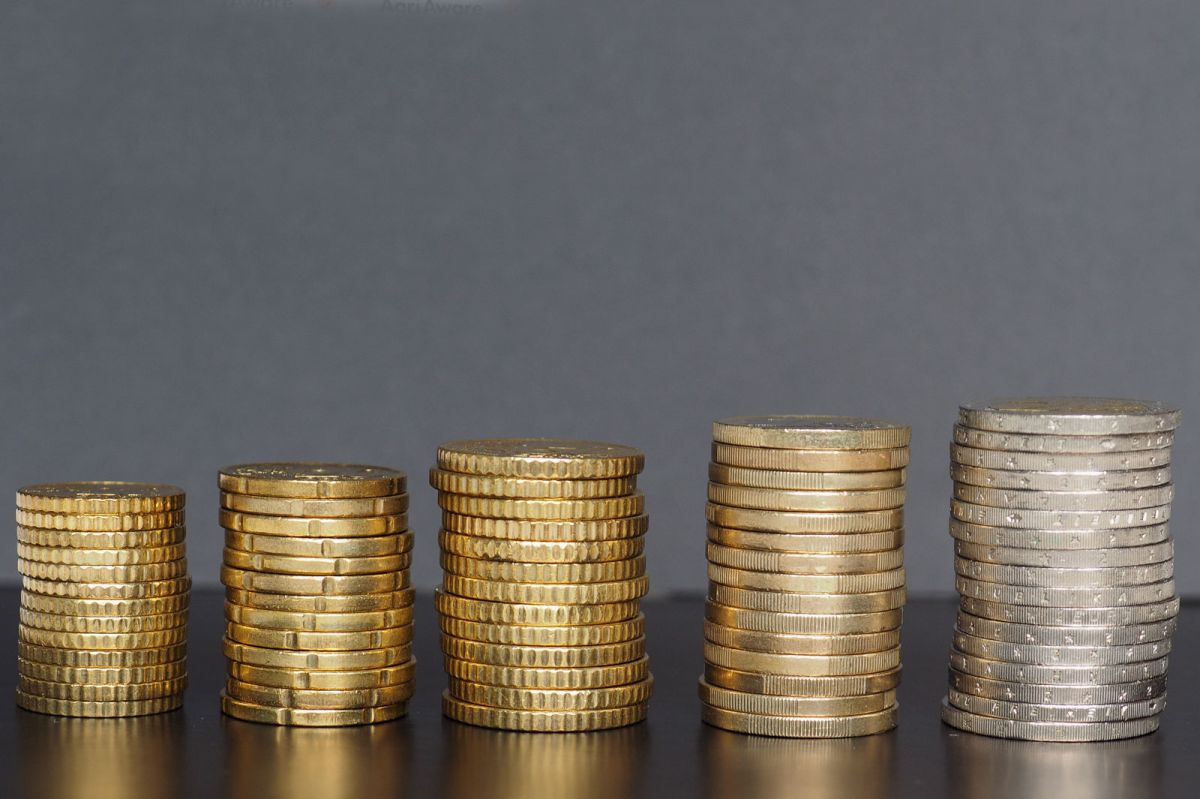Fallen animal disposal cost increase looming

The situation has now reached crisis point with renderers saying that they cannot continue operating without a significant increase in charges. Members of the Animal Collectors Association (ACA) say that the renderers are pursuing an increase in charges to them of €60 per ton. If that figure were to be passed back to the ACA members, it would mean an increase in disposal charges for them from €120 per tonne to €180 per ton, making the service one-third more expensive than the present cost. Ultimately, that increased cost would have to be passed back to livestock owners who rely on the ACA members to collect all fallen animals on their farms, resulting in an increase in the farmer cost of disposing of dead animals of 50% on existing charges. It is unlikely that the ACA members could absorb any or all the proposed increased charges potentially being passed down the chain by renderers, as their margins have also been seriously eroded in recent years.
All fallen animals on farms must, by law, be removed to a registered knackery. Burial of animals on farm has been prohibited since 2001. The introduction of selective BSE testing on fallen animals also dates to that period. A Government supported Fallen Animal Scheme was introduced at the time to alleviate the increased costs for knackeries of providing the service, with significant additional traceability requirements adding to their workload. The provision of more localised facilities was also required under the 2001 legislation. The 38 members of the ACA collect in excess of 300,000 livestock which die on Irish farms each year and rely on the services of the rendering sector to pass on those dead animals from their yards around the country. The ultimate destination of the rendered material is under regular and increasing scrutiny as has not been allowed to be processed into meat and bone meal for farm livestock feed in the EU, since the major outbreak of BSE over two decades ago. The product is recognised as a valuable nutrient and mineral element component in pet food.




